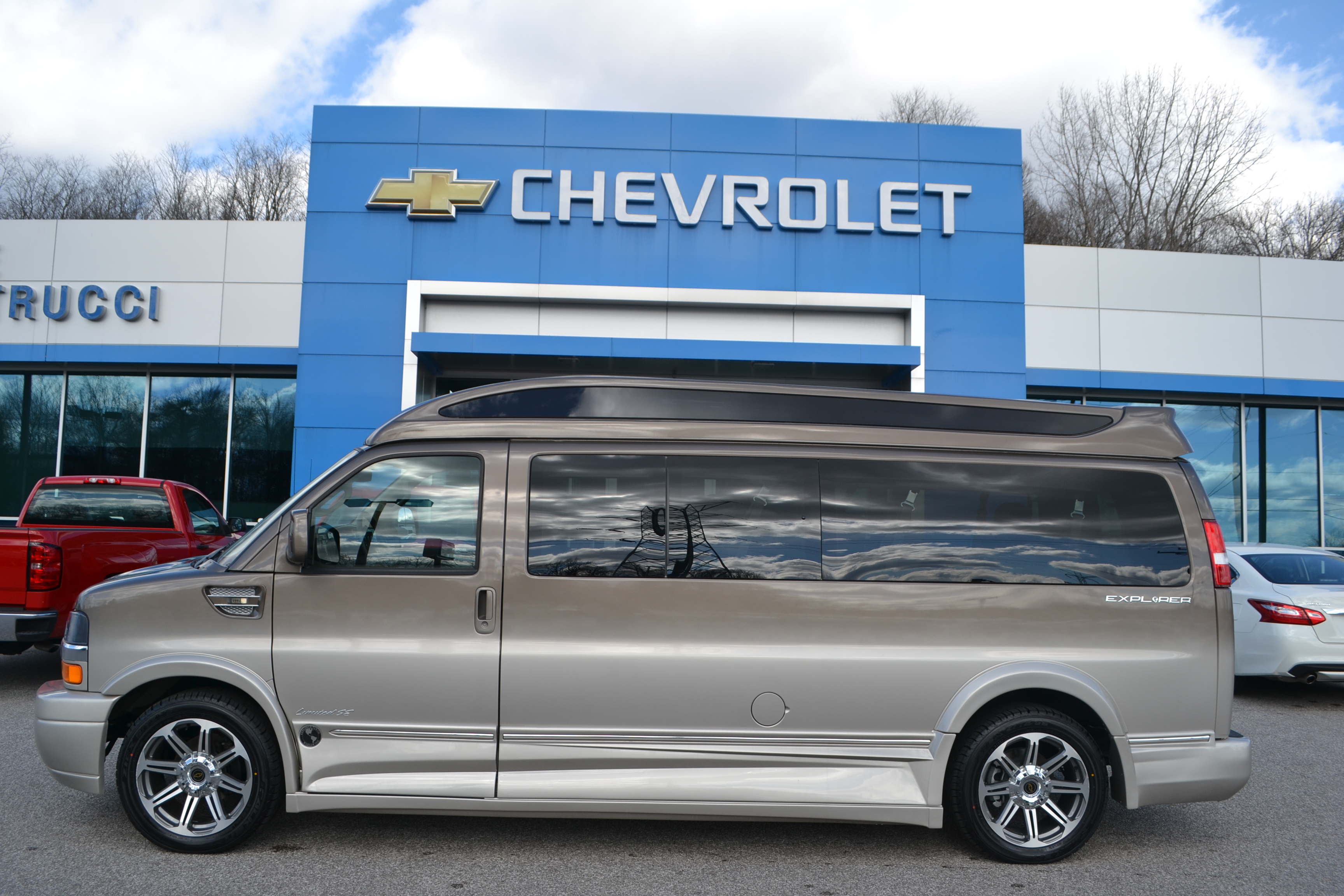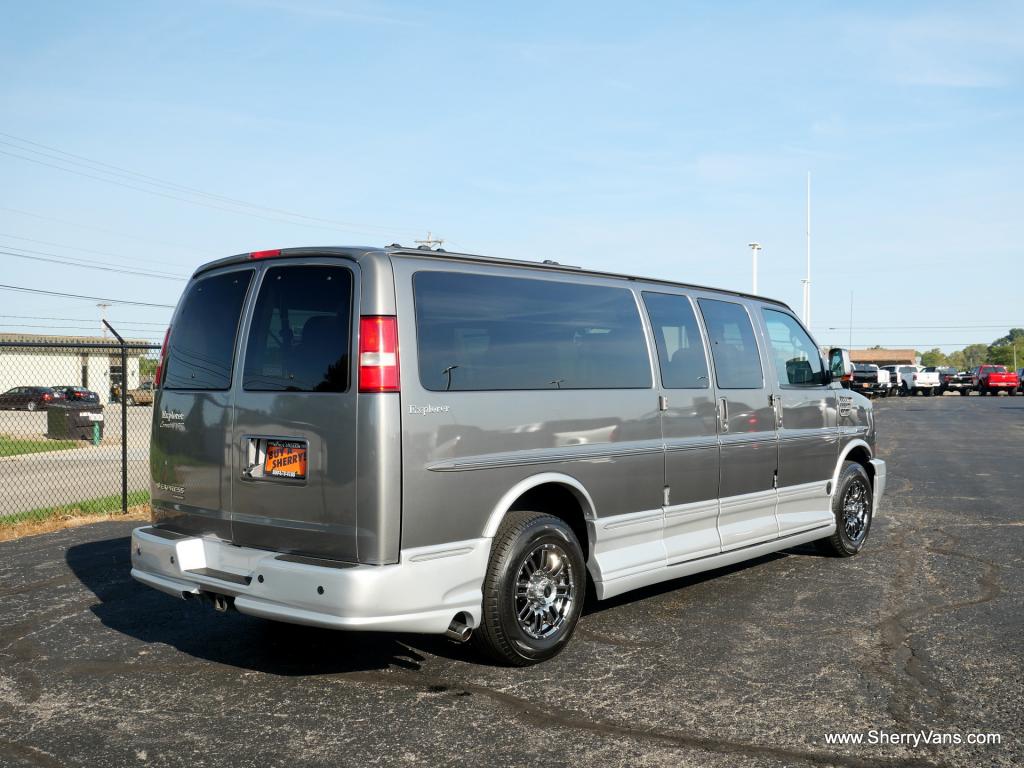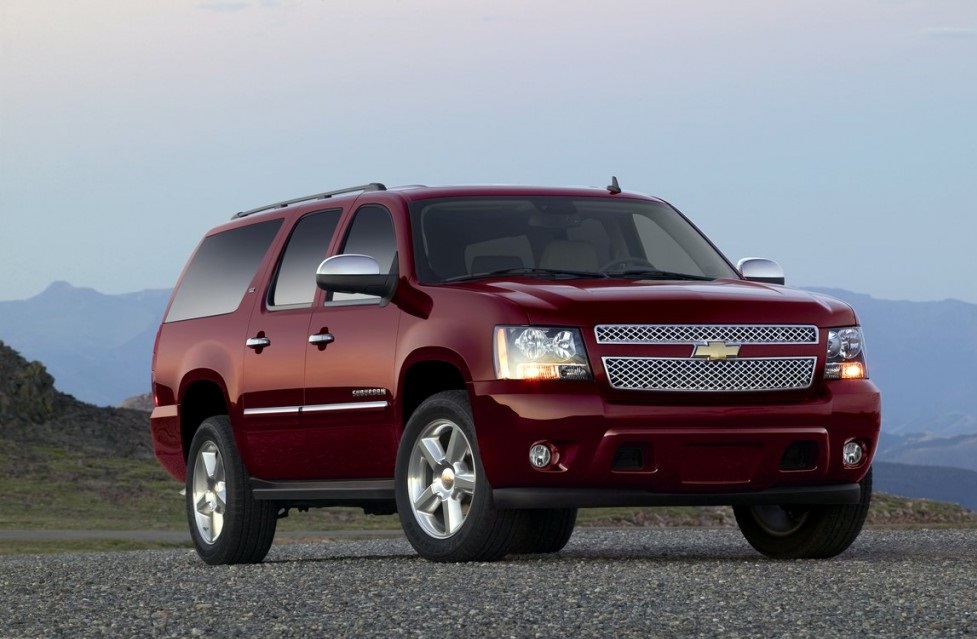

If you have little ones in car seats, you can take a breath. However, the seats do fold over so your back passengers can get in and out easily. Unlike some vehicles, the middle row does not slide up. If you choose a Suburban, you’ll likely want to put some of your smaller family members in the third row.

The front and middle seats are spacious, but the third can be a little cramped. It does not store any personal data.Chevy Suburbans have a total of three rows, allowing up to nine people to sit comfortably when arranged strategically. The cookie is set by the GDPR Cookie Consent plugin and is used to store whether or not user has consented to the use of cookies. The cookie is used to store the user consent for the cookies in the category "Performance". This cookie is set by GDPR Cookie Consent plugin. The cookies is used to store the user consent for the cookies in the category "Necessary".

The cookie is used to store the user consent for the cookies in the category "Other. The cookie is set by GDPR cookie consent to record the user consent for the cookies in the category "Functional". The cookie is used to store the user consent for the cookies in the category "Analytics".

These cookies ensure basic functionalities and security features of the website, anonymously. Necessary cookies are absolutely essential for the website to function properly.
Hydrogen infrastructure: more ambition needed. Zero-Emission Trucks: Episode 5 – Keeping a sense of proportion. Volvo Group CEO, Martin Lundstedt, re-elected to lead ACEA Commercial Vehicle Board. Zero-Emission Trucks: Episode 6 – Matching the level of ambition. Impact of Euro 7 on NOx emissions by vehicle type. Euro VII: A threat to European competitiveness and jobs. NOx emissions from the EU heavy truck fleet by Euro classes. Fossil-free freight transport by 2040: The North Star of the trucking industry. Zero-Emission Trucks: Episode 7 – The future is already here. Industry calls for holistic approach to decarbonising heavy-duty sector. Truck and bus CO2 standards: ambition levels for all stakeholders must be aligned. AFIR : EU negotiators must urgently set ambitious charging and refuelling infrastructure targets. Securing our industrial base during the green transition: what does it take?. Fuel types of new vans: electric 5.3%, diesel 86.0% market share full-year 2022. Transport operators must be able to seamlessly recharge/refuel these new vehicles, and be able to operate them more profitably than their conventionally powered trucks. Therefore, decarbonising road transport requires more than setting higher CO2 targets for manufacturers. With this extension of the scope of the CO2 standards regulation, more than 98% of the sector’s CO2 emissions will be regulated.Īs the registrations of zero-emission vehicles (battery-electric and hydrogen-powered) have accelerated (from 692 in 2019 to 1,239 in 2020 and >2,500 in 2022), this fact sheet reviews the factors that determine their market uptake and what is needed to reach current CO2 standards as well as providing estimations on fleet and infrastructure needed should the CO2 reduction targets be increased further.īuilding a solid business case which strongly supports the operation of zero-emission trucks and buses will lead to rapid market adoption of such vehicles and swift decarbonisation of road transport. The legislative review proposed by the European Commission on 14 February 2023, extends and increases the target levels even further to -45% in 2030, -65% in 2035 and -90% in 2040. Today, almost three out of four new trucks are subject to the current CO2 reduction standards. To curb emissions from road transport, current legislation on CO2 standards requires manufacturers to reduce the emissions of new trucks by 15% by 2025 and 30% by 2030 (compared to a mid-2019 to mid-2020 baseline). The heavy-duty sector is responsible for just over a quarter of the greenhouse gas (GHG) emissions from road transport, and for about 6% of the EU’s total GHG emissions. Trucks carry 77% of all freight transported over land in the European Union, and function as part of a logistics chain whose components also include inland waterways, shipping, air and rail transport. Road freight is the backbone of trade and commerce on the European continent.








 0 kommentar(er)
0 kommentar(er)
